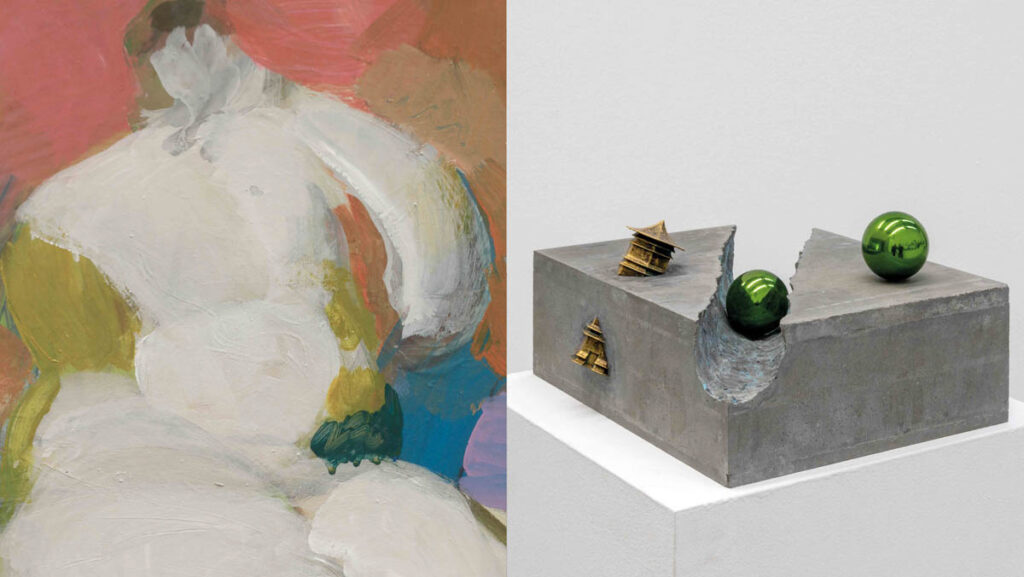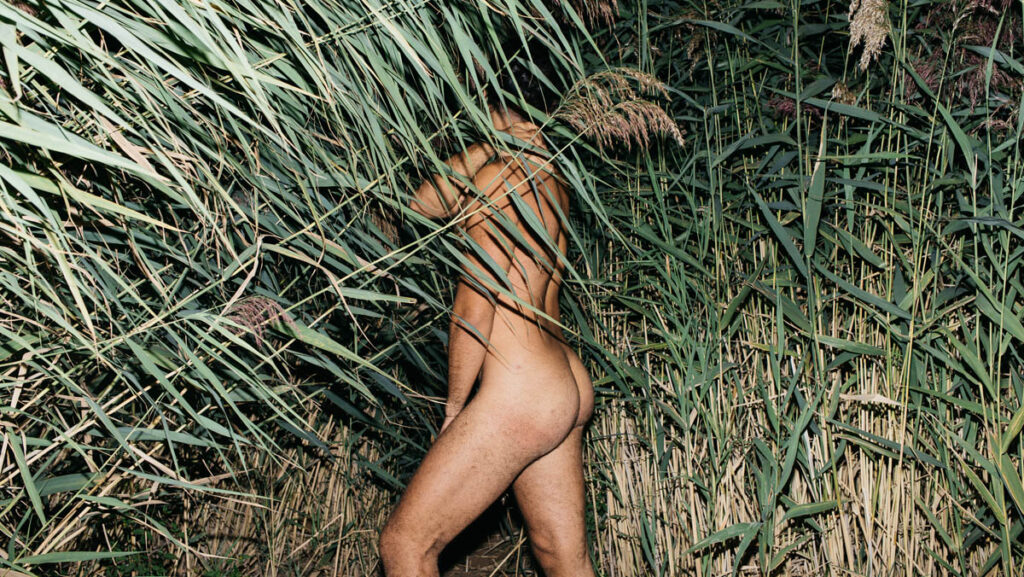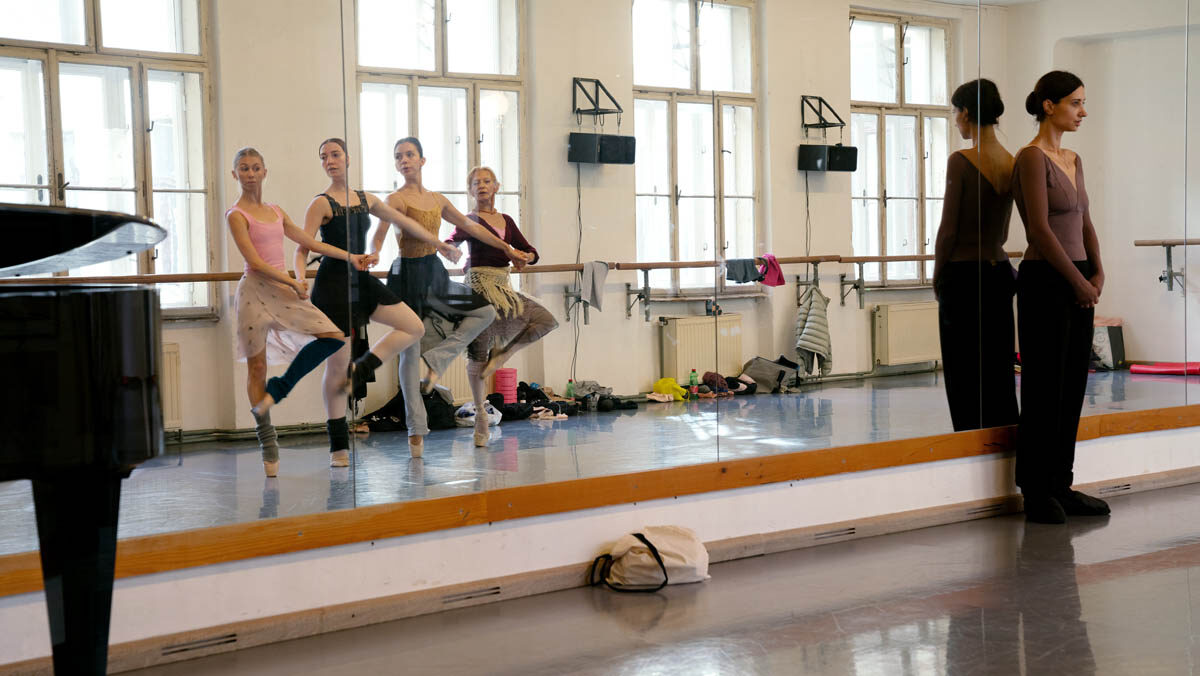
Before we explore your role representing Austria at the 60th Venice Biennale, could you briefly reminisce about the 48th edition, when Harald Szeemann chose your work Chicken Triptych? This was the first time that your work was featured in Venice.
I have very great memories of working with Harald Szeemann. Back then, I was in the class of Peter Kogler at the Academy of Fine Arts Vienna and Szeemann was invited to curate the year-end exhibition. He came across my work when he was looking over students‘ works. He chose to show Hendl Triptych, one of my first video works, for the exhibition. One year later, he invited me to participate in Venice with the same work. I remember very well when the fax he sent arrived at the academy’s porter, addressed to me. The work was shown in Arsenale as a three-channel video installation.
Many works of yours revisit the past: Psychogeography 1970-1999 / Houses in Which I Lived; The fortieth year; Aleksana Wysokinska, 20 years later; even Rehearsal for Swan Lake is connected to a certain degree with memories. How do your works usually emerge, and how does it feel to revisit the past?
I find that the past, my personal experiences—from growing up in the Soviet Union to trying to survive as a political refugee, single mother, and art student in Vienna—like with everyone, have shaped who I am and how I view the world. My work sometimes looks at these experiences, uses them, and, in a way, decodes them. Maybe so that I can make sense of them, of the world. I mean, I come from a country and culture that no longer exists. But its traces, for better or worse, especially in Eastern Europe, are still around us.
However, my work isn’t nostalgic. When my work touches on the past, it takes these cultural artefacts or personal experiences and repurposes them in a way that we can analyze or see what may be familiar in a different light.
You will also share your migration experience in your contribution…
This is also connected to the previous question, my personal experience with migration—fleeing the Soviet Union because of political persecution and ending up a political refugee in Austria in 1989—is integral to how I view the world, politics, and how we should interact as social and political beings. I think that we are currently living in a time mostly devoid of empathy.
The work regarding my migration that I will show in Venice, though it references aspects specific to my flight, shows an experience shared by millions and invites us to analyze how we view those who migrate, seeking asylum, and perhaps suggests we can do so with empathy, or at least a little kindness.
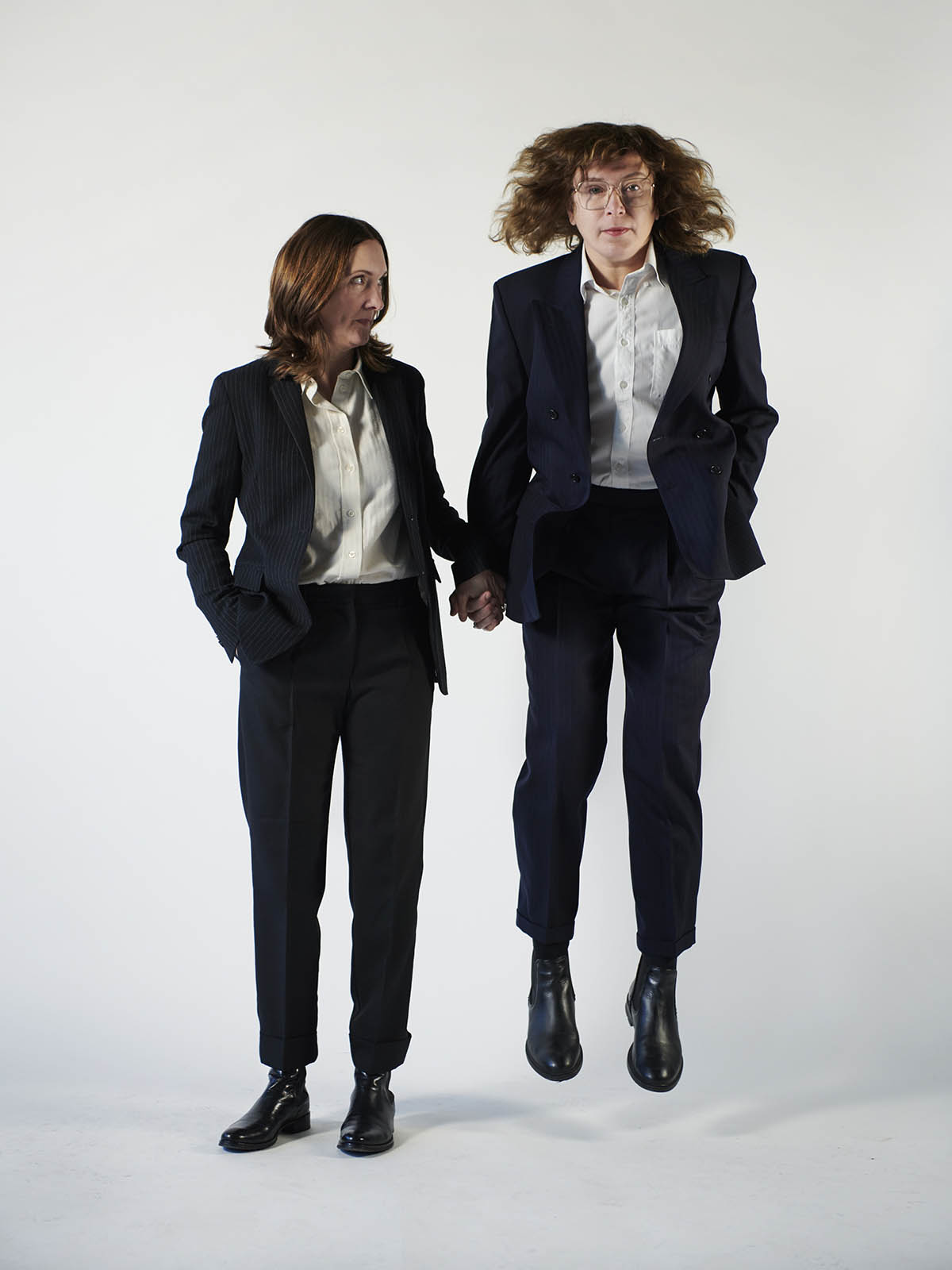
How did you and curator Gabriele Spindler encounter?
We worked together for the first time on my retrospective exhibition, “NUMBER TWO,” in ’22 at the Schlossmuseum in Linz. This also included publishing a career-spanning catalogue of the same name, of which she was the editor. Making an exhibition with Gabi was a great experience and I am happy she wanted to work with me on a new challenge, Biennale Arte 2024.
How does it feel to represent Austria in this biennale edition, especially given the theme Stranieri Ovunque – Foreigners Everywhere?
I had already been announced as the selection to exhibit in the Austrian pavilion when the Biennale’s title and theme were released to the public. As the first immigrant chosen to represent Austria in the pavilion, the first thing I thought was, “Wow, I think I have some work that can add to this discussion.”
It is crucial for human societies to discuss and develop constructive approaches to foreignness and “others”, and artists, especially on such a large stage, can make a meaningful contribution to this dialogue with their respective positions.
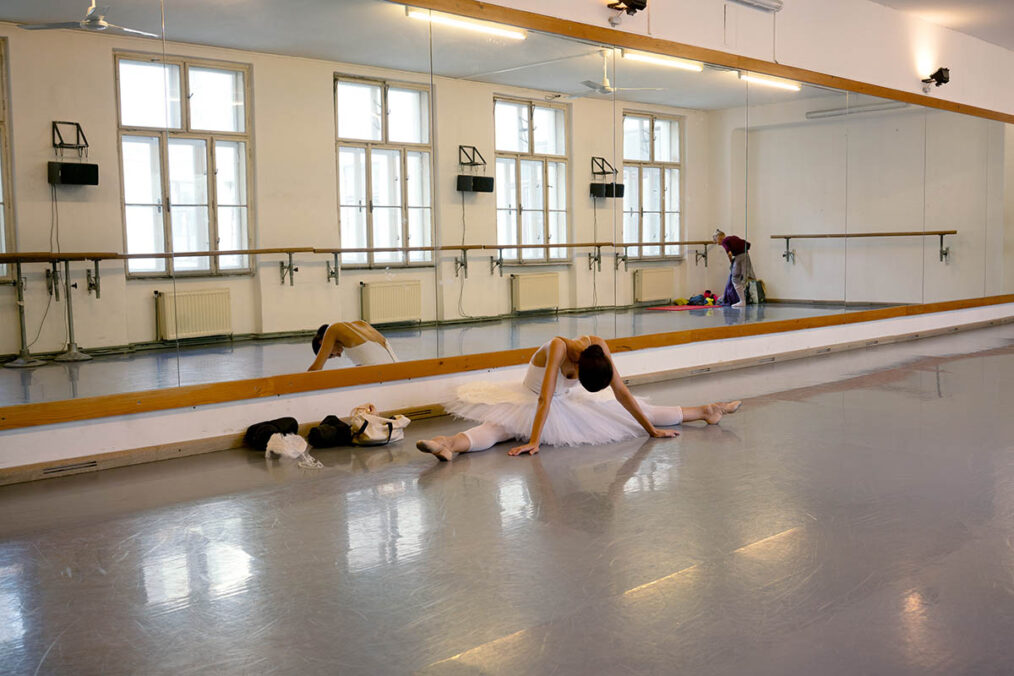
The dancers will only be performing selected fragments of Swan Lake, and not the entire piece. How has the work with Oksana Serheieva been? Can you share something from the rehearsals phase?
Rehearsal for Swan Lake was developed and produced in collaboration with Oksana Serheieva. I can’t stress enough the importance of her contribution to this piece. Oksana chose four scenes from Swan Lake to rehearse. She also chose the ballet dancers that we worked with. We rented a dance studio for almost two weeks and rehearsed every day from 9 am to 4 pm. It was a very intensive time for all of us. I am not from the ballet world and have only seen the end result of ballet, in its seemingly effortless perfection, so I was amazed at how hard the work is for the dancers, their sweat and bloody feet.
And what about the pavilion logo? I gazed very long at the movement of the swan.
Thank you so much, I also really like the logo. I was thinking of something that was simple and direct, like a cheap stamp, cheap and efficient, like how we worked when we printed the opposition political party’s illustrated weekly back in Leningrad in the late ‘80s.
You love traveling and encountering stories. How would you describe Venice?
Indeed, I love traveling. I love interacting with and experiencing other cultures, people, and places, and sometimes it inspires my work. Traveling is the biggest thing I missed during the pandemic. I heard about how the streets of Venice were completely devoid of tourists, and I wish I had not missed experiencing this. I just finished Peggy Guggenheim’s autobiography and experienced Venice through her eyes, which added another layer to my views on the city.
Austrian Pavilion, La Biennale di Venezia – www.biennalearte.at
Anna Jermolaewa (b. 1970) is a conceptual artist from Leningrad (USSR). Having been accused of anti-Soviet agitation and propaganda as one of the original members of the first opposition party, the Democratic Union, and co-editor of one if its newspapers, she fled to Austria in 1989 and was granted political asylum. Her artistic practice comprises a wide spectrum of media: video, installation, painting, performance, photography, and sculpture. Since 2019, Anna Jermolaewa has been a Professor of Experimental Design at the Linz University of Arts. Apart from numerous individual exhibitions, she has taken part in various Biennale events since 1999. She is represented in numerous collections with her work and aside from many other honors was recently awarded the City of Vienna’s Dr. Karl Renner Prize for her social commitment as a member of the association‘Ariadne − Wir Flüchtlinge für Österreich’ [‘We Refugees for Austria’].



